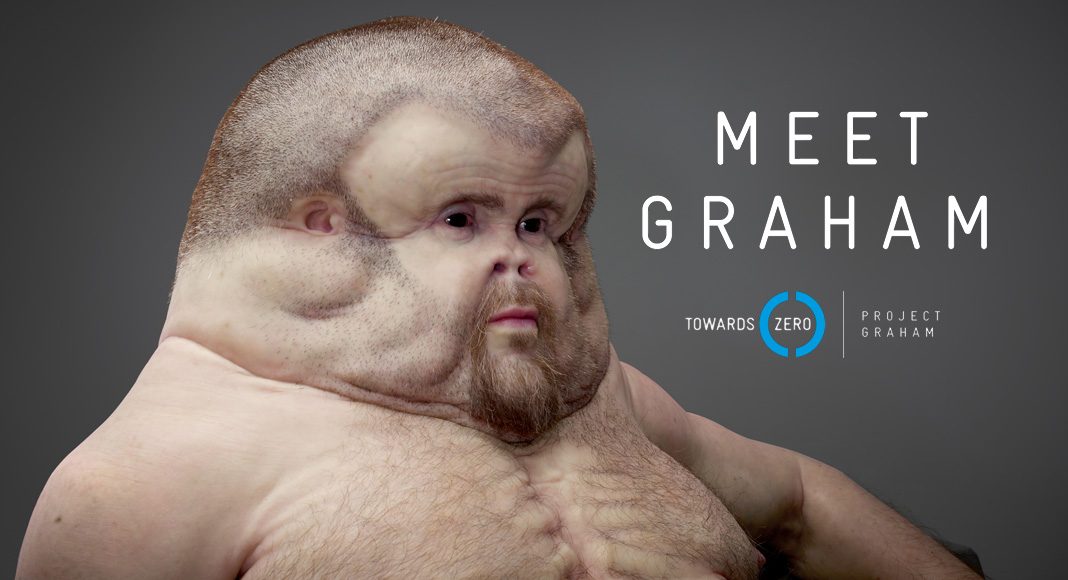Evolutionary science and human vulnerability are at the centre of a new Victorian initiative to reduce road deaths and injuries.
The Transport Accident Commission has launched its latest road safety project, highlighting how susceptible the human body is to the forces involved in transport collisions.
In a shift from its traditional road safety campaigns, the TAC has collaborated with a leading trauma surgeon, a crash investigation expert and a world-renowned Melbourne artist to produce ‘Graham’, an interactive lifelike sculpture demonstrating human vulnerability.
Graham has been designed with bodily features that might be present in humans if they had evolved to withstand the forces involved in crashes. Studies have shown that the human body can only cope with impacts at speeds people can reach on their own, unassisted by vehicles.
“People can survive running at full pace into a wall but when you’re talking about collisions involving vehicles, the speeds are faster, the forces are greater and the chances of survival are much slimmer,” TAC chief executive officer Joe Calafiore said.
“Cars have evolved a lot faster than humans and Graham helps us understand why we need to improve every aspect of our roads system to protect ourselves from our own mistakes.”
Mr Calafiore said the science of human vulnerability underpinned Victoria’s new Towards Zero approach to road trauma reduction.
“We have to accept people will always make mistakes, but modern vehicle safety technology and safe road design can drastically reduce the forces involved when a crash happens, making them more survivable,” Mr Calafiore said.
Royal Melbourne Hospital trauma surgeon Christian Kenfield and Monash University Accident Research Centre crash investigator David Logan briefed Melbourne sculptor Patricia Piccinini to develop Graham.
The installation was on show at the State Library of Victoria until August 8, before going on a roadshow. You can interact with Graham online at www.meetgraham.com.au



















